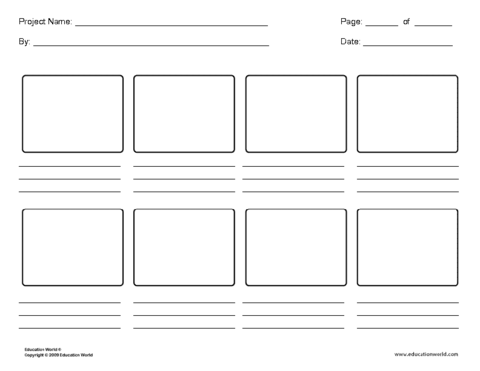Vocal Development
Volume - The degree of loudness or intensity of a voice.
Rate - How fast or slow you speak.
Pitch - The highness or lowness of voice
Flexibility - The manipulation of pitch to express emotion.
Projection - The placement and delivery of volume, clarity, and distinctness of voice for communicating to an audience.
Articulation - The clear and precise pronunciation of words.
Diction - The pronunciation of words, the choice of words, and the manner in which a person expresses himself or herself.
The Ultimate List of Tongue Twisters
Unique New York
Three free throws
Red Leather, Yellow Leather
I thought a thought.
But the thought I thought wasn’t the thought I thought I thought.
One-One was a racehorse.
Two-Two was one, too.
When One-One won one race, Two-Two won one, too.
Say this sharply, say this sweetly,
Say this shortly, say this softly.
Say this sixteen times very quickly.
Rubber Baby Buggy Bumpers! (Repeat. Increase the tempo.)
Silly Sally swiftly shooed seven silly sheep.
The seven silly sheep Silly Sally shooed Shilly-shallied south.
These sheep shouldn’t sleep in a shack; Sheep should sleep in a shed.
Red Bulb Blue Bulb Red Bulb Blue Bulb Red Bulb Blue Bulb
Red Blood Blue Blood
I wish to wish the wish you wish to wish, but if you wish the wish the witch wishes, I won’t wish the wish you wish to wish.
She sells seashells on the seashore.
Mix a box of mixed biscuits with a boxed biscuit mixer.
A proper copper coffee pot.
Toy boat. Toy boat. Toy boat.
Betty bought butter but the butter was bitter, so Betty bought better butter to make the bitter butter better.
I thought a thought.
But the thought I thought wasn’t the thought I thought I thought.
If the thought I thought I thought had been the thought I thought, I wouldn’t have thought so much.
How much wood could a wood chuck; chuck if a wood chuck could chuck wood.
Comical economists.
Which wristwatches are Swiss wristwatches?
Peter Piper picked a peck of pickled peppers,
A peck of pickled peppers Peter Piper picked.
If Peter Piper picked a peck of pickled peppers,
Where’s the peck of pickled peppers Peter Piper picked?
Sascha sews slightly slashed sheets shut.
She should shun the shinning sun.
The big black back brake broke badly.
The big beautiful blue balloon burst.
A shapeless sash sags slowly.
Smelly shoes and socks shock sisters.
Which wrist watches are Swiss wrist watches?
Dick kicks sticky bricks.
Shave a single shingle thin.
Stick strictly six sticks stumps.
Cinnamon aluminum linoleum.
New York is unanimously universally unique.
Cooks cook cupcakes quickly.
Flora’s freshly fried fish.
A bragging baker baked black bread.
Buy blue blueberry biscuits before bedtime.
She sold six shabby sheared sheep on ship.
The sixth sick sheik’s son slept.
These thousand tricky tongue twisters trip thrillingly off the tongue.



